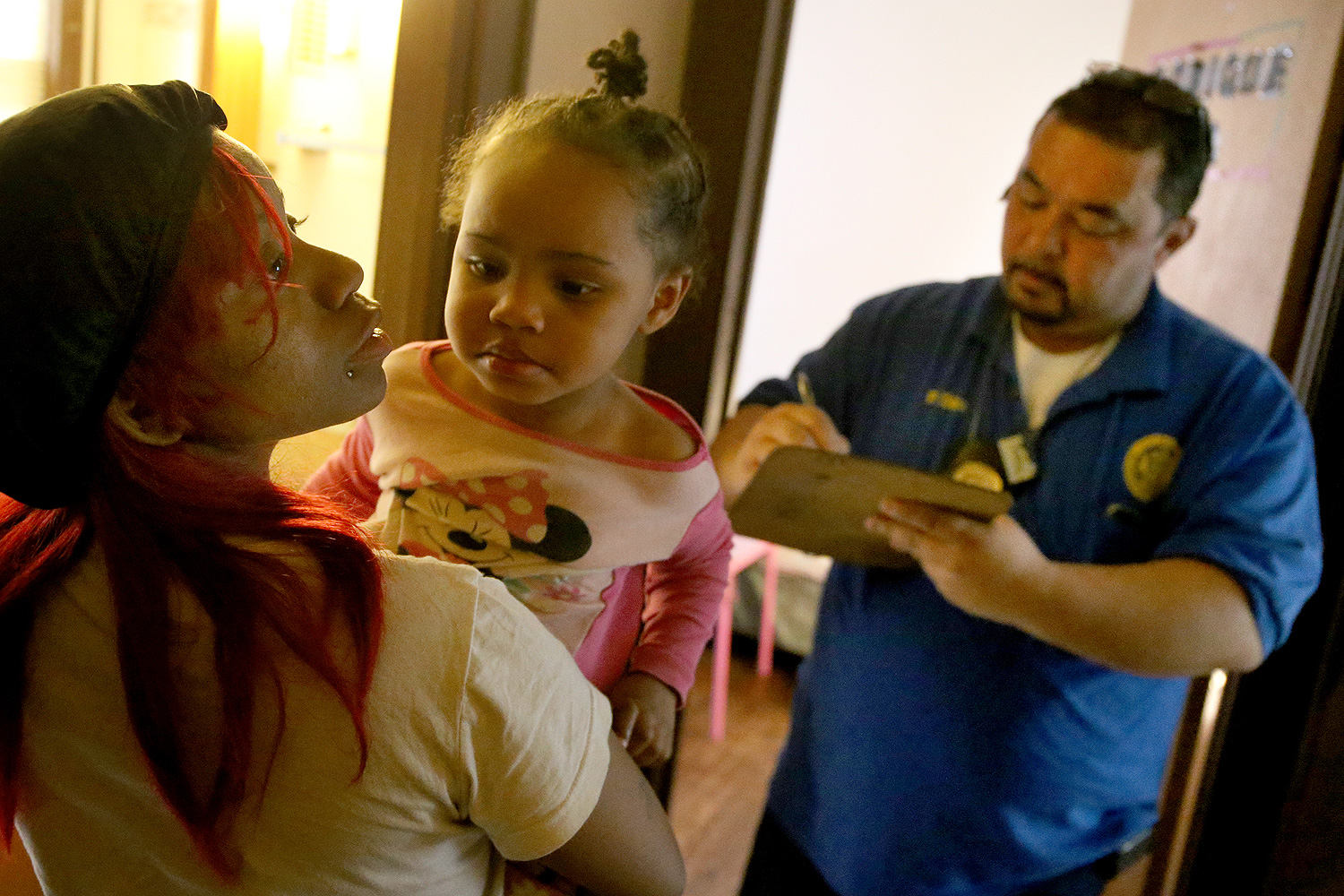The Tribune recently published a thorough and heartbreaking piece by Michael Hawthorne on lead poisoning in Chicago—it also has good maps—which has long had some of the worst problems with lead in the country. That problem has narrowed in scope, but the numbers are still staggering:
In the upscale Lincoln Park neighborhood around DePaul University, more than 80 percent of kids tested in 1995 had elevated lead levels — about the same rate as the southeast corner of Austin, one of the city's most impoverished neighborhoods.
By 2013 the rate for the DePaul neighborhood had plummeted to zero. But in the same part of Austin, testing found dangerous lead levels in nearly 24 percent of kids tested.
[snip]
Tests showed Michael had a lead level of 21, more than twice the CDC standard at the time and four times higher than the current threshold. More than 100 children had elevated lead levels that year in his eight-by-four-block section of Englewood, according to city records.
It reminded me of work done by Megan Cottrell for the Chicago Reader and elsewhere, whom I credit for interesting me in the subject. When she covered the subject for the Reader in 2012, the numbers were also immense and heartbreaking, even in the best-case scenario:
Taking an average of the third-graders' blood lead levels for each school, the data showed that nearly 75 percent of schools have an average blood lead level over five. In the worst schools, average levels top ten, going as high as 16. Using this new CDC guideline, the number of children considered lead poisoned in Chicago jumped considerably—from one in 80 children to one in ten, according to data from the Illinois Department of Public Health.
Emile Jorgensen, an epidemiologist with the Chicago Department of Public Health, says that number likely overestimates the amount of children with lead levels above five because of limited accuracy in lab results. He estimates that the number of children with lead rates five and above is more like one in 12.
Despite the work of reporters like Cottrell and Hawthorne, lead poisoning still seems like a relatively unknown problem—a surprise, since it sits at the intersection of education and crime in urban America. For decades, researchers have been chipping away at the problem, and what they've found is astonishing. One of the great mysteries of 20th century America has been the immense rise in violent crime during the 1960s and its subsequent collapse in the 1990s. Mother Jones's Kevin Drum, in a long piece on the subject, writes that the use of leaded gasoline and crime rates correlate over time, between cities, between states, and between countries.
More recently, a study led by UIC's Anne Evens—who plays an important role in Cottrell's story—and published last month, using an immense data set of Chicago Public Schools students, found considerable effects of lead exposure for their academic achievement. Specifically, they estimate that as much as a quarter of students failing reading or math could be chalked up to lead exposure at or above the CDC's recently lowered "reference level" for lead exposure, a level half of the organization's former "level of concern."
Preventable at a considerable cost, but by Drum's (admittedly rough) calculations, a $20 billion investment per year would return savings of $200 billion per year, mostly from a drop in crime estimated at ten percent.
In the 1970s, lead was called the "silent epidemic"; attention to its effects and subsequent policy changes were a genuine triumph of environmental justice and the effects appear to have been immense. The epidemic has gone silent again, but the numbers speak loudly.



